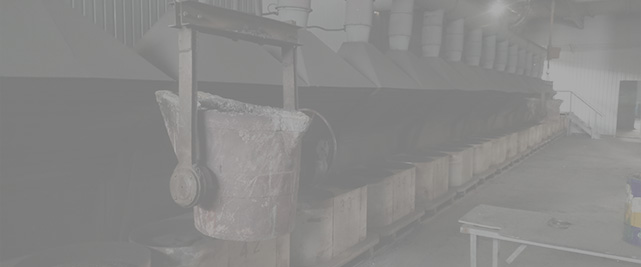Nov . 25, 2024 07:27 Back to list
brake drum manufacturing process
The Brake Drum Manufacturing Process
Brake drums are a critical component in vehicle braking systems, providing the necessary friction to slow down or stop a vehicle. The manufacturing of brake drums involves several precise processes that ensure quality, durability, and reliability. This article will outline the essential steps involved in the brake drum manufacturing process, highlighting the materials used, techniques employed, and quality control measures implemented to meet industry standards.
1. Material Selection
The manufacturing process begins with the selection of suitable materials. Brake drums are typically made from cast iron due to its excellent wear resistance, heat dissipation, and strength. High-carbon cast iron, in particular, is favored for its improved friction characteristics and durability under high temperatures. In some cases, composite materials or aluminum are used for lightweight applications, such as in performance vehicles or specific automotive designs.
2. Melting and Pouring
Once the material is selected, the next step is melting the cast iron. This is done in an induction furnace, which provides precise temperature control and efficient melting. The molten metal is then poured into molds that are specifically designed for the shape and dimensions of the brake drum. These molds can be made from sand or metal.
After pouring, the brake drums are allowed to cool and solidify in the molds. Cooling is a critical step, as it profoundly impacts the material's microstructure, ultimately influencing its mechanical properties. The cooling process might take several hours, but modern techniques, such as using chilled molds, can speed up this phase while ensuring uniform cooling rates to prevent warping or cracking in the final product.
4. Machining
Once the brake drums have solidified, they are removed from the molds and undergo machining. This process includes several stages, such as turning, milling, and drilling, to achieve the required tolerance and surface finish. The outer and inner diameters are precision machined to ensure proper fit with the wheel and brake linings. This step is crucial as it directly affects the performance and safety of the braking system.
brake drum manufacturing process

5. Balancing and Finishing
After machining, the brake drums are balanced to eliminate any unnecessary vibrations during operation. This is done using a dynamic balancing machine that spins the drum to detect imbalances. Once balanced, the drums may undergo further finishing processes, such as shot blasting or grinding, to enhance their surface quality and remove any remaining imperfections.
6. Coating
To improve corrosion resistance and thermal performance, brake drums are typically treated with protective coatings. This can involve painting, powder coating, or applying specialized high-temperature resistant coatings. These coatings are vital, as brake drums are exposed to harsh conditions, including moisture, road salt, and high temperatures generated during braking.
7. Quality Control
Quality control is paramount in brake drum manufacturing. Various tests and inspections are conducted throughout the process to ensure that each drum meets the necessary specifications. This includes dimensional checks, materials testing (like tensile strength and hardness), and performance tests to simulate real-world operating conditions. Any product that does not pass the quality checks is rejected or reworked.
8. Packaging and Distribution
Upon passing all quality inspections, the brake drums are cleaned, packaged, and prepared for distribution. Proper packaging is essential to prevent damage during transit and ensure that the products reach customers in excellent condition. Manufacturers often supply brake drums to automotive manufacturers, aftermarket parts suppliers, and retail outlets.
Conclusion
The manufacturing process of brake drums is a complex and meticulous operation that requires careful attention to detail at every stage. From material selection to quality control, each step is designed to ensure that the final product meets stringent safety standards and performs effectively. As technology advances, manufacturers continue to explore new materials and innovative techniques to enhance the performance and reliability of brake drums, ensuring that they meet the evolving demands of the automotive industry.
-
HINO Industrial Solutions - ¡Ң���ຽ��е��������˾ | Advanced Technology&Reliability
NewsJul.13,2025
-
HINO Industrial Efficiency-Jiangsu Hino Industrial|Productivity Optimization&Cost Reduction
NewsJul.12,2025
-
HINO-¡Ң���ຽ��е��������˾|Advanced Industrial Solutions&Energy Efficiency
NewsJul.12,2025
-
Premium Brake Drum Iveco – Durable Drum Brake Drum & Brake Shoe Solutions
NewsJul.08,2025
-
High-Performance Brake Drum Liza for Enhanced Safety Reliable Drum Brake Drum & Brake Shoe Solutions
NewsJul.08,2025
-
High-Quality Brake Drum MAZ – Durable Drum Brake Drum & Brake Drum and Brake Shoe for Optimal Performance
NewsJul.07,2025
